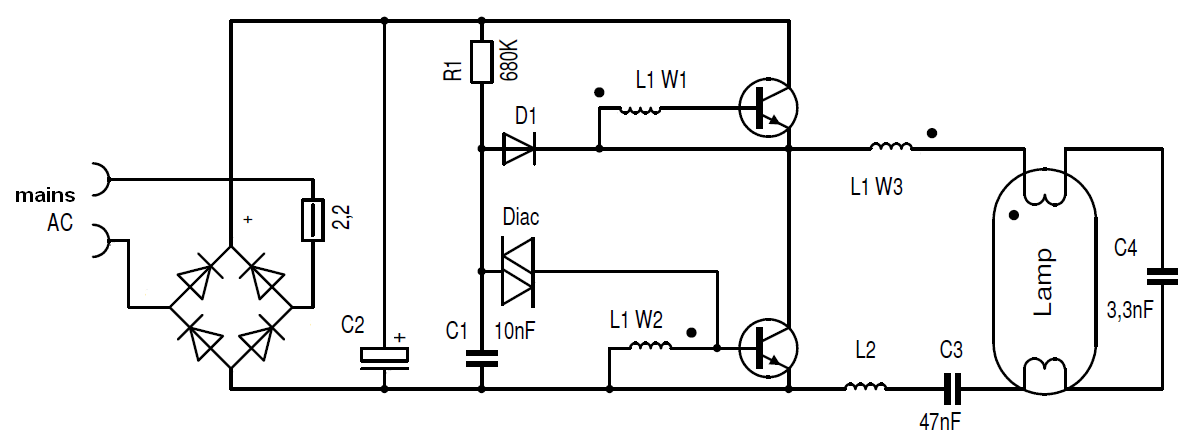Where to find a replacement circuit board?
Hello, people,
A friend gave me this fluorescent magnifying desk lamp, 'cause it wasn't working.
Markings on the unit include: E78751, ULM#LTS60001, and Issue BK-68.395.
One end of the bulb was black, so I bought a new bulb. Still, it won't work.
So, I took it apart, and found that part of the circuit board looks dark / burnt.
Anybody know where I can get a new PC Board for this?
**broken link removed**
And another question...
My understanding is that Fluorescent bulbs require a "starter" of some kind.
Is that it, that's shown in the picture? If not, then what is that part for?
Thanks for your time.
Mark563
Hello, people,
A friend gave me this fluorescent magnifying desk lamp, 'cause it wasn't working.
Markings on the unit include: E78751, ULM#LTS60001, and Issue BK-68.395.
One end of the bulb was black, so I bought a new bulb. Still, it won't work.
So, I took it apart, and found that part of the circuit board looks dark / burnt.
Anybody know where I can get a new PC Board for this?
**broken link removed**
And another question...
My understanding is that Fluorescent bulbs require a "starter" of some kind.
Is that it, that's shown in the picture? If not, then what is that part for?
Thanks for your time.
Mark563
Last edited by a moderator:

